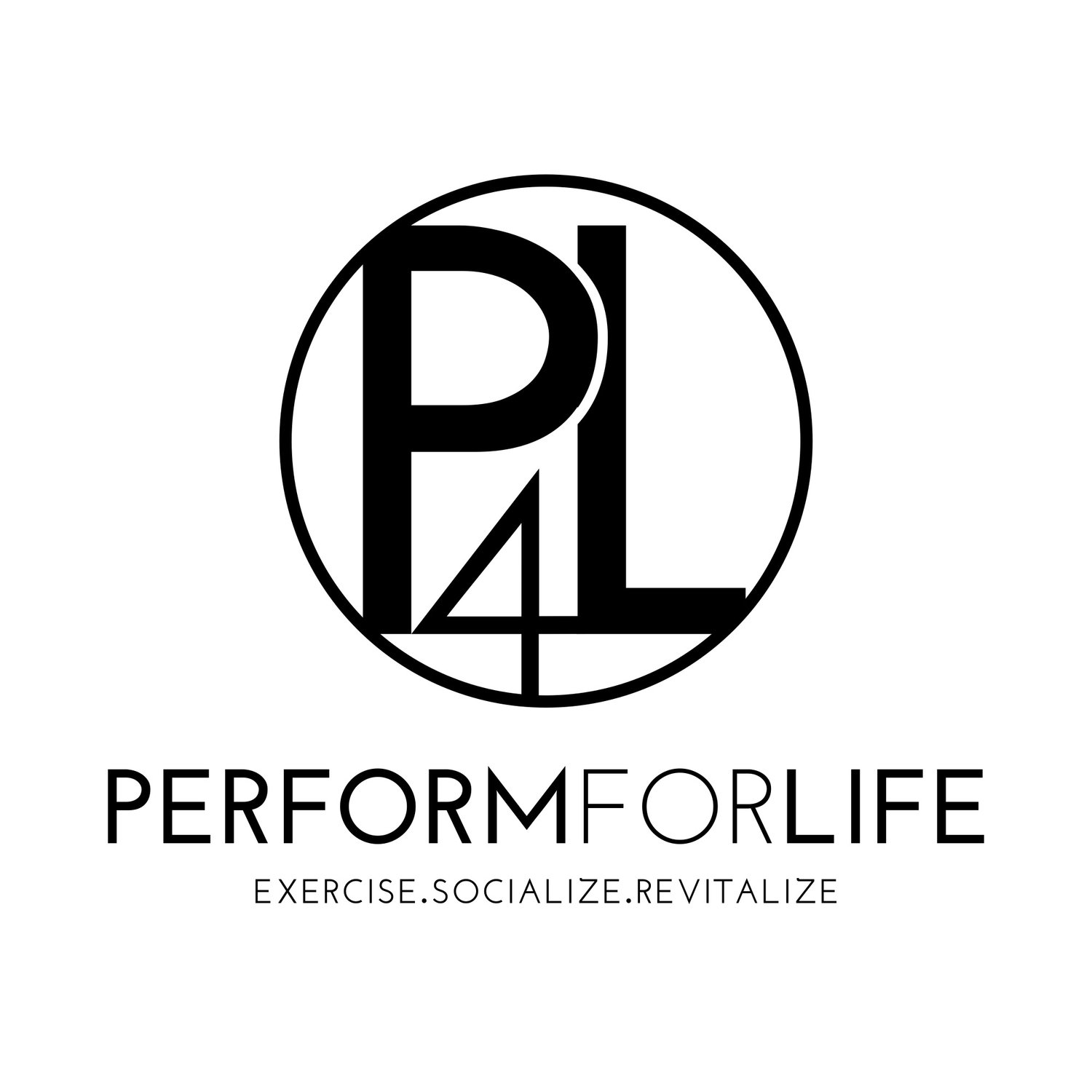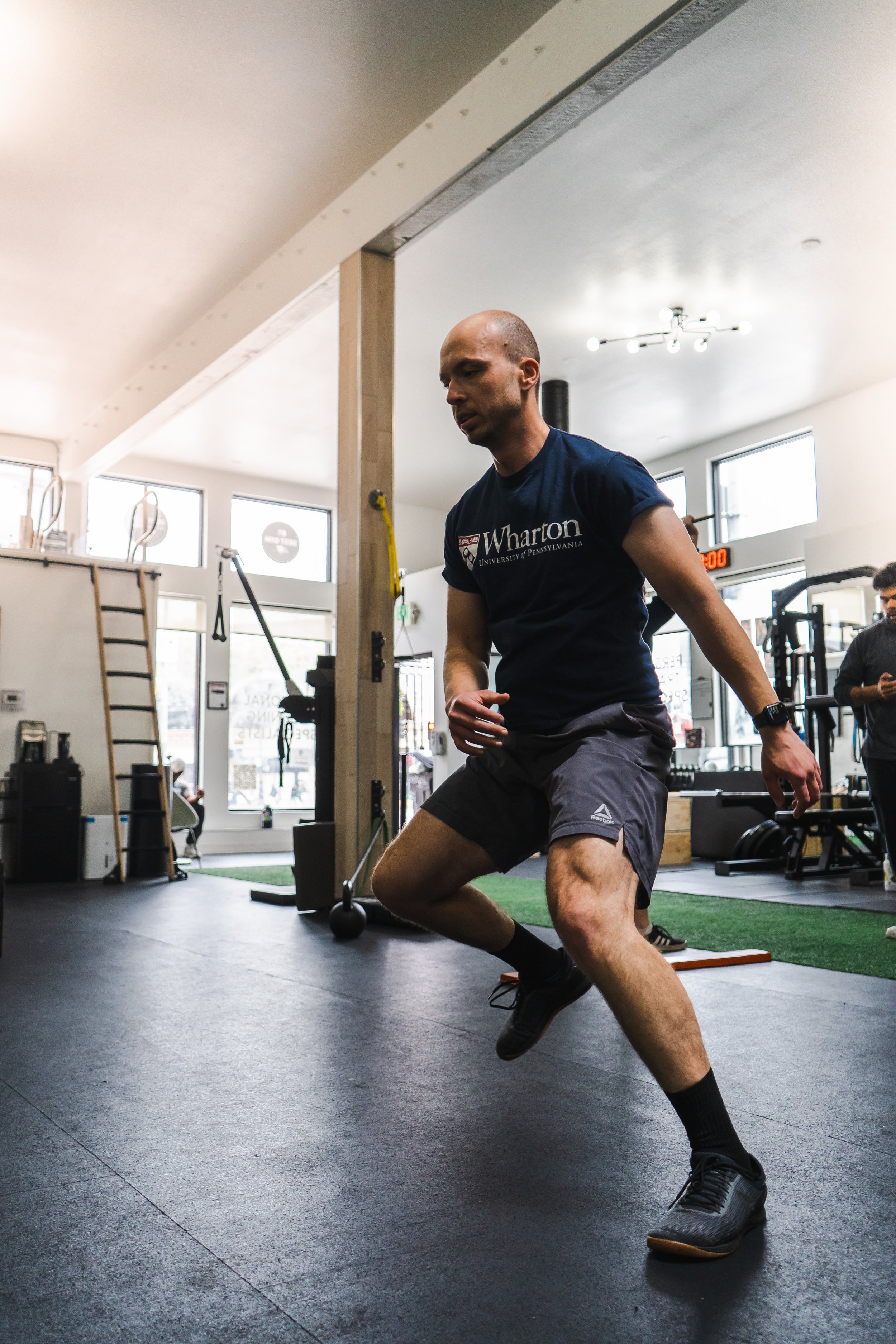The Science Behind Poor Posture
One of the most common things we, as trainers, address and aim to improve in many of our clients is posture. Sedentary lifestyles are definitely not conducive for good posture - in fact, sedentary lifestyles, and specifically sitting, are the main cause of most postural issues. Among other things, sitting can contribute to tightness in the hips, abdominals, hamstrings, and chest, and these can all contribute to a slouched posture - and no, tight abs will not give you a flat stomach. It’s not unheard of, and actually somewhat common, to have a muscle group be both tight and weak - the tightness is usually a result of compensation for the muscle group’s weakness. I’m not going to get into too much of the nitty gritty so as to focus on how to combat poor posture, so take my word for it - tightness in these muscle groups are leading contributors to a less-than-ideal posture.
If these are some of the main culprits, it would make sense that strengthening the antagonist, or opposite muscle groups to these would help improve a slouch - and most of the antagonistic muscles are responsible for pulling actions. I’ll start with perhaps the most beneficial exercise: the deadlift.
Most of the work done during a deadlift is centered in the lower body, but it’s technically a full-body exercise. There are a few different variations of the deadlift, but I’ll talk about the conventional deadlift for now. The deadlift is considered a lower-body pull, and helps to strengthen almost every muscle that directly or indirectly contributes to good posture. The main movers during a conventional deadlift are the glutes and the spinal erectors. The glutes are hip extensors (if in a standing position, pull the leg behind the hips), and strengthening them can help alleviate tightness in their antagonist, the hip flexors (pull the legs towards the chest). The erectors in the back, located at either side of the spine, are also strengthened during a deadlift. This group of muscles are responsible for extending the back - ideal to combat chronic flexion, or forward rounding, of the back. The lats, rhomboids (skeletal muscles in the back), certain fibers of the traps, and deep cervical flexors of the neck are also worked during a deadlift, but do so through isometric contractions, which occur when a muscle is neither lengthened or shortened during its contraction - the length of the muscle stays the same.
Now, to upper body pull. The main movers responsible are the muscles that contract isometrically during a conventional deadlift: the lats, rhomboids, and some fibers of the traps. I’m simplifying the issue to a degree, but chronic sitting can lead to rounded shoulders, which can more often than not be attributed to tightness in the chest - specifically, in the pec major and minor. The pec muscles are push muscles, and like I said, strengthening the antagonist, the pull muscles, can combat the effects of tightness in these push muscles. The lats are responsible for extending and internally rotating the shoulder, the rhomboids contribute to retracting, or pulling back the shoulder blades, and the fibers of the traps that contribute the most to posture, the low traps, depress the shoulder blades down the back. Almost all pulling motions that you do with the upper body will strengthen these muscles, though I will say that targeting the low traps is a bit more challenging than targeting the lats and rhomboids.
If, for work or for leisure, you find yourself sitting for long periods of time, pulling motions are your friend! No one wants bad posture, but most jobs require sitting for most, if not all of the workday. You may have heard that “sitting is the new smoking” - well, that’s seems like it's not too far off from the truth.











